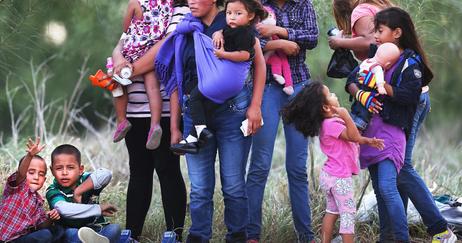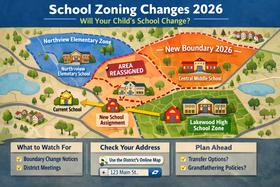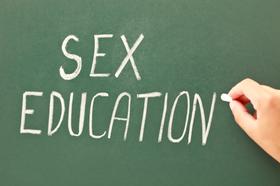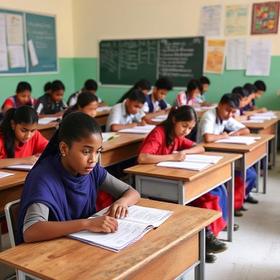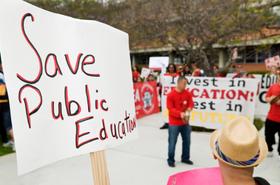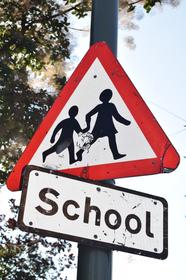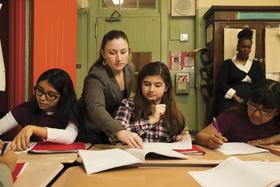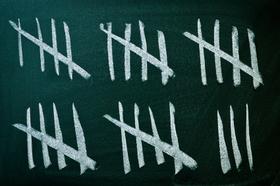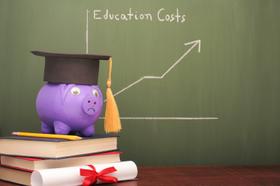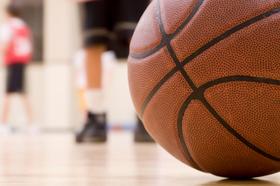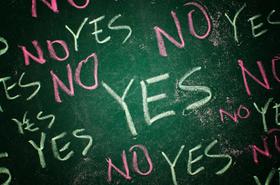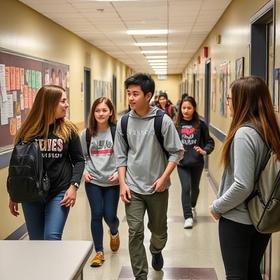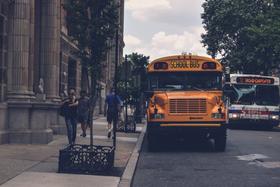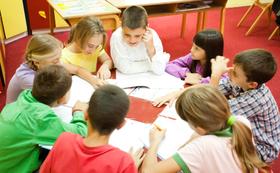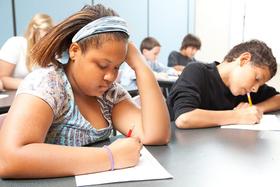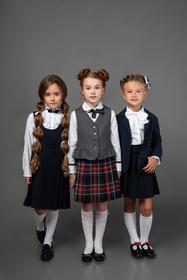The fact of the matter is that some students learn more quickly than others and some students need more individualized attention. In order to accommodate the differing needs of their students, many schools started to adopt a tracking system, separating students by academic ability into different groups for certain subjects or for all subjects. This type of program is sometimes called ability grouping (though these are technically two different things) and it is a hotly debated issue in public schools. Before you decide whether tracking might be a good option for your child, take a moment to learn what it is as well as the pros and cons of this type of system.
What is Tracking or Ability Grouping?
Also referred to as phasing or streaming, tracking is a system in which students are divided into classes based on their overall achievement. Students are ranked as being average, normal, or below average and they are divided into classes with students of the same achievement level. Tracking has been used in American public schools for nearly a century and it has changed and developed a great deal during that time. In the early years, tracking was a response to growing numbers of immigrant children coming into the public school system. The goal was to provide those children with an education that was catered to their limited understanding of the English language and their limited preparation, as compared to native students. What ended up happening, however, was a form of







